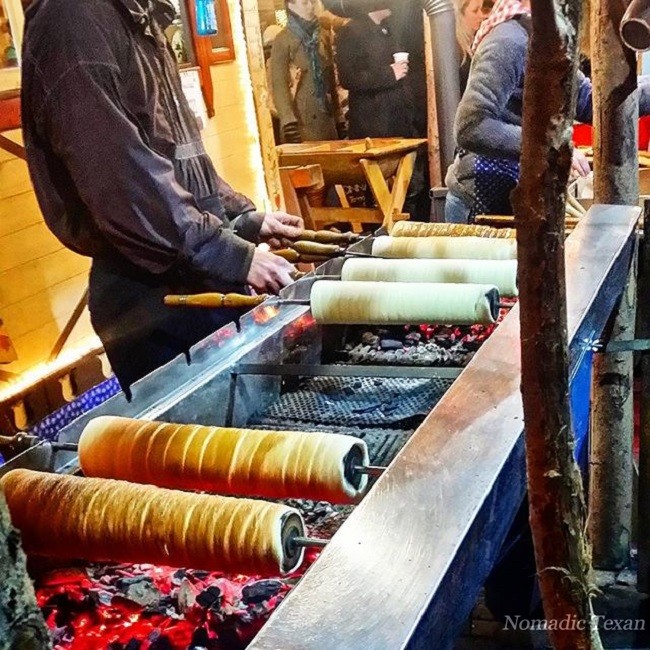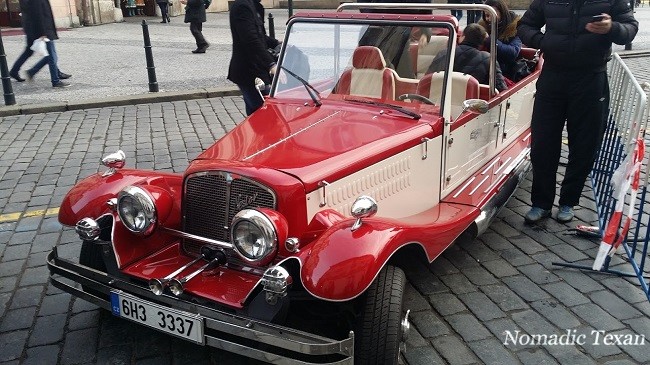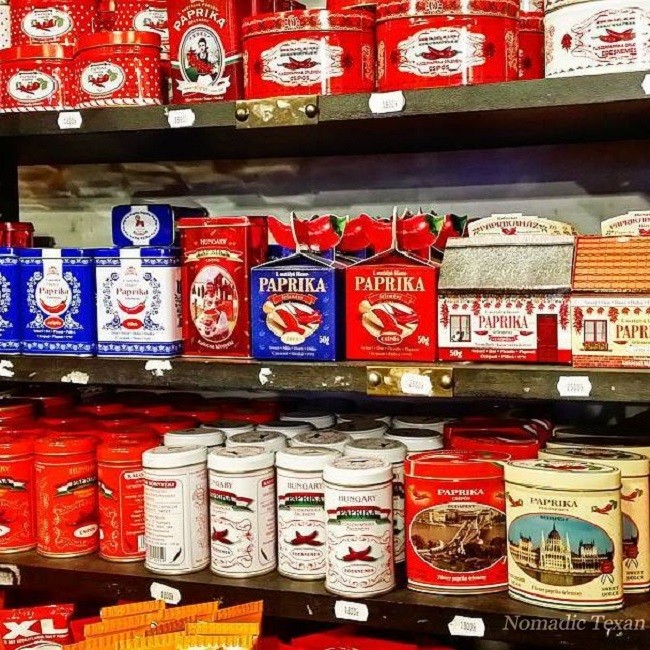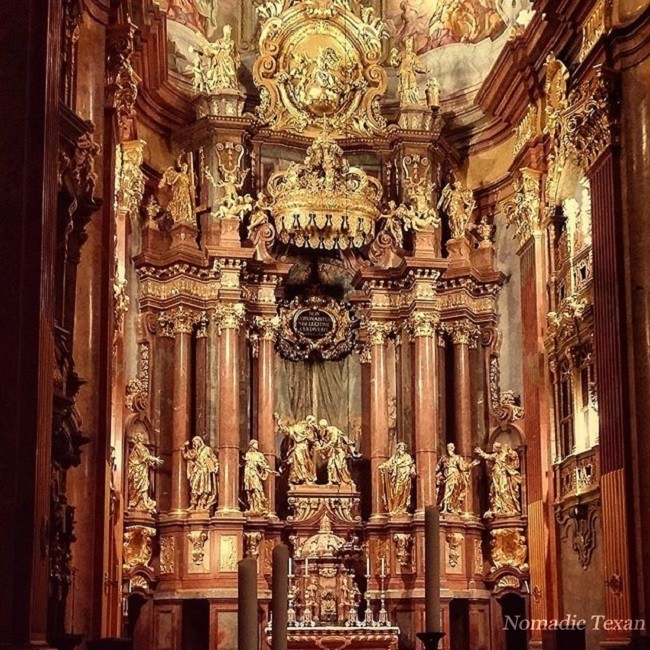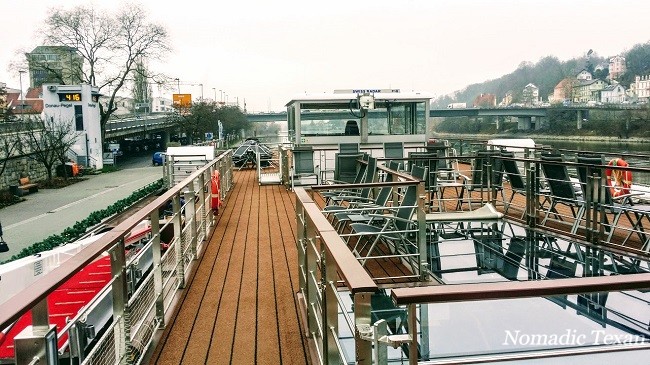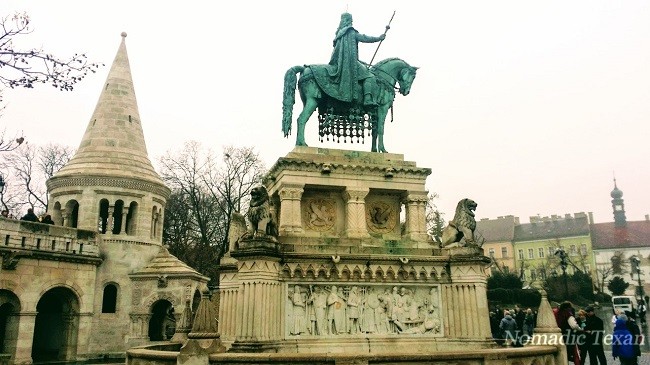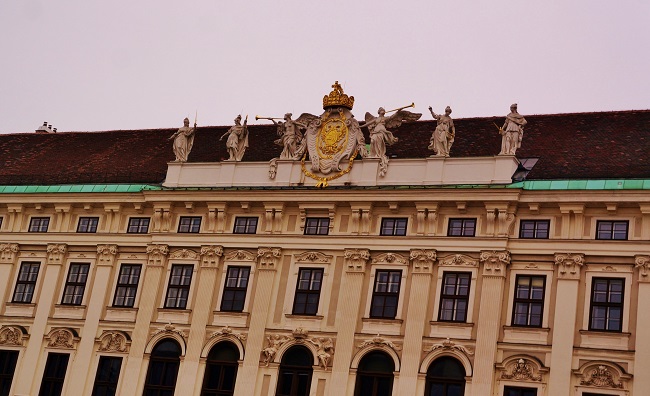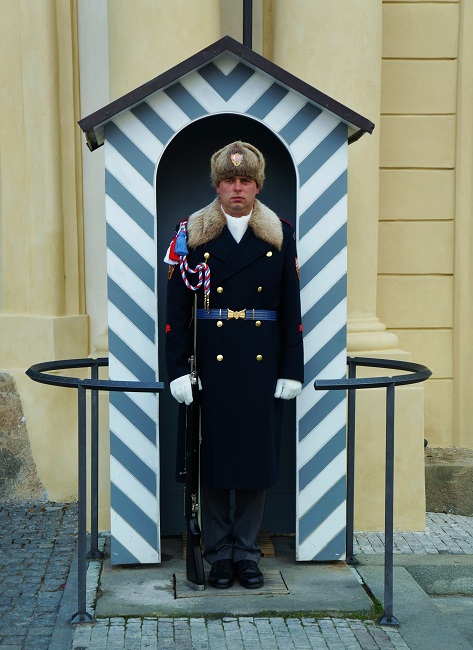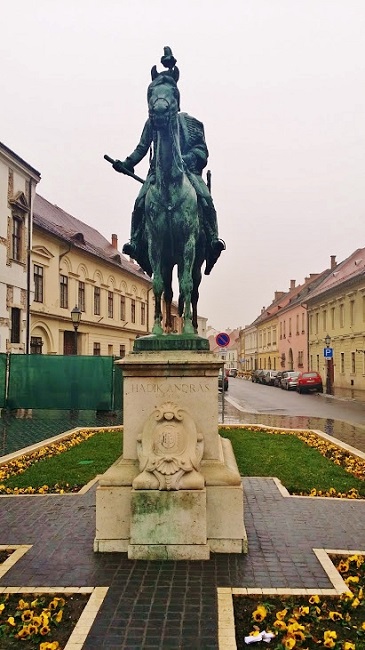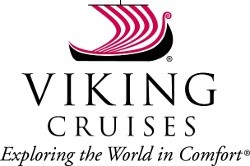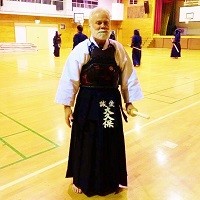Viking Cruises, Photo of the Day #18
This will be my first post from our most recent Viking River Cruise, “Rhine Getaway”. I can’t begin to tell you how awesome this trip was. We were treated like royalty, encountered wonderful architecture. learned a vast amount of history and almost couldn’t digest all the fantastic attributes of this recent journey abroad to Europe. Thankfully Viking was able to soothe our wounded frustrations after a beleaguered start. Our flight from DFW was delayed by mechanical issues and we arrived three hours late. It is wonderful to have a warm, damp washcloth handed to you as soon as you enter the Longship Eir and the wash away all your tiredness and dirt from traveling. Viking knows how to soothe life’s irritations.
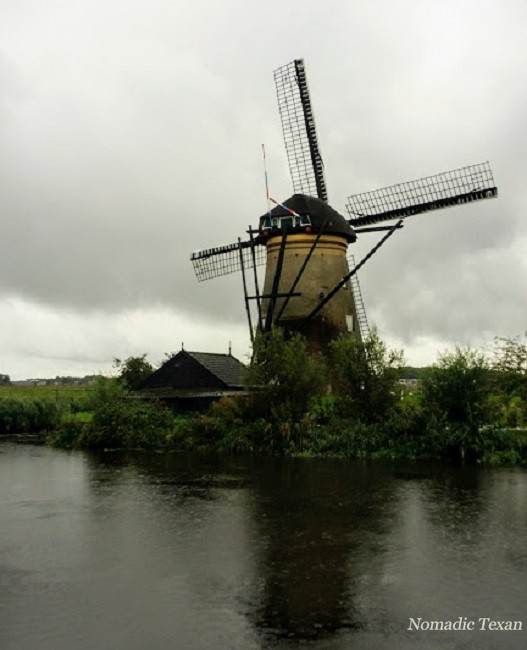
Kinderdijk Windmill on a Cloudy Day
On our first day sailing after leaving Amsterdam we arrived in a small community of Kinderdijk, the Netherlands. Everyone knows the Netherlands is associated with windmills, but I had no idea of the complexity of their operations or that individuals still resided in some of them. It’s an unusual sight to see the inside of the windmills and how close quartered they are. One thing is for sure people who operate and live in the windmills have to be very dedicated. They are constantly on call for any and all wind! There were 19 windmills in this Unesco granted area, so designated in 1997. All were originally built in 1740. Imagine the weather and abuse these mills have undertaken and are still standing.
***Portions of our cruise were sponsored by Viking River Cruises. All opinions, as always, are those of my own.



